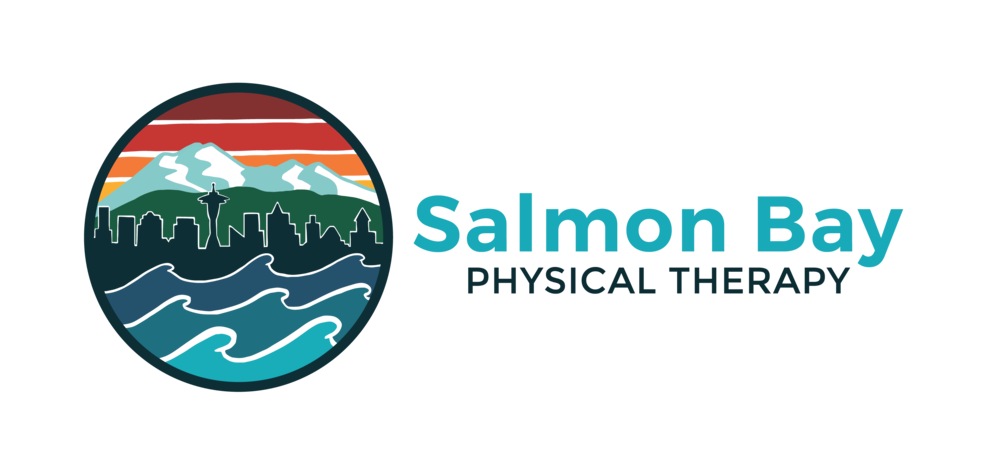High load - high intensity training has been shown time and again to be one of the most successful ways to make significant strength gains and muscle hypertrophy. However, there are many conditions and pathologies (post-operative, osteoarthritis, chronic pain, etc.) that require strengthening, but are unable to tolerate the demands of a high load - high intensity workout in order to achieve the desired results. Blood Flow Restriction Therapy (BFRT) is a method of training that allows a person to make significant strength gains through low load training, thus reducing overall stress on the body.
BFRT utilizes pneumatic cuffs that are applied to the extremities and in turn provide external pressures occluding venous outflow while maintaining arterial blood flow. This leads to the release of hormones, hypoxia (reduction of oxygen to the muscles and ultimately leading to the production of lactate), and cellular swelling. Ultimately, these physiological effects lead to strength gains and muscle hypertrophy, which are all desired effects of high load -high intensity training, but accomplished through the completion of low load training.
A typical BFRT workout includes 3-5 exercises at a training volume of 75 repetitions over 4 sets (30 reps, 15 reps, 15 reps, 15 reps) with a 30-60 second rest break between sets. As stated above, BFRT should be performed at a low load, with studies showing a load of 20-40% of an individual’s 1 repetition max being most efficient. The pneumatic cuffs should be left on for the entirety of the workout (maximum of 20 minutes at a time) in order to get the desired physiological effects.
For more information about the effects, application, and safety of Blood Flow Restriction Therapy, CLICK HERE or contact us through our Ask A PT feature.
References:
https://www.physio-pedia.com/Blood_Flow_Restriction_Training
https://www.apta.org/patient-care/interventions/blood-flow-restriction/what-to-know-about-blood-flow-restriction-training
Patterson SD, Hughes L, Warmington S, et al. Blood Flow Restriction Exercise: Considerations of Methodology, Application, and Safety [published correction appears in Front Physiol. 2019 Oct 22;10:1332]. Front Physiol. 2019;10:533. Published 2019 May 15. doi:10.3389/fphys.2019.00533


